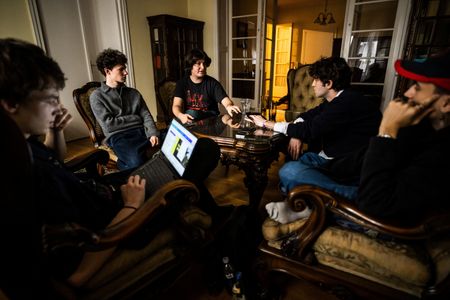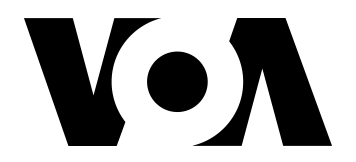By Anita Komuves
BUDAPEST (Reuters) -Adam Nagy, one of Hungary’s most popular podcasters, says building an audience on YouTube gave him the financial independence to speak his mind in a media landscape dominated by Prime Minister Viktor Orban and his allies.
Nagy’s success underscores a broader shift in Hungarian media, where digital platforms like YouTube have become a refuge for independent voices -- and a strategic battleground ahead of next year’s election.
"You don't need to worry about being fired from your job," Nagy told Reuters. "Your income is determined by your ratings, so you really do not have to worry about what you dare or dare not talk about."
In the past five years, YouTube has emerged as an alternative space for independent journalism in Hungary, with a rise in news and infotainment channels blending political commentary and humour and drawing large, young audiences.
With the opposition increasingly using online channels to connect with voters, Orban’s camp has also begun courting influential podcasters to counterbalance their reach.
In power since 2010, the nationalist Orban faces what political analysts say could be his toughest election next year, weighed down by a stagnating economy and facing a determined challenge from centre-right opponent Peter Magyar.
Magyar gave a 90-minute interview to Nagy a month ago that has been viewed more than one million times, a sizeable audience in a country of less than 10 million.
Orban has transformed the landscape of Hungary's traditional media over the past 15 years. State media have been put under full government control and several private media outlets have been shut or taken over by government-friendly owners.
Last month a pro-Orban media group bought Hungary's main tabloid. Earlier this year U.S. President Donald Trump's decision to halt grants from USAID intermediaries also squeezed independent outlets in Hungary. U.S.-funded Radio Free Europe/Radio Liberty closed last week in Hungary after a U.S. official said it had undermined U.S. foreign policy by opposing Orban.
POLITICS IN AN EASILY DIGESTIBLE FORMAT
But none of those measures has necessarily helped Orban connect with younger Hungarians. According to a survey by pollster Median published in June, 58% of voters under 40 supported Magyar's Tisza party, while only about 17% of them backed Orban's Fidesz.
Nagy had produced YouTube videos with his friends for years in his free time, but it was not until the COVID-19 pandemic hit that his show became popular enough to allow him to switch from freelance video editing to making videos full-time.
Since then, his sarcastic voice and sharp, unfiltered opinion has attracted an audience large enough to allow him to start several YouTube channels and employ about a dozen people.
"A lot of our viewers told me that they were not interested in public affairs, but that in this digestible format they are now keen to follow politics," he said.
His channel with the clearest political focus, Fokuszcsoport, has 247,000 subscribers, while the channel for the daily news commentary show, Jolvanezigy, has 241,000. The other channels produced by his company, including a show about science, have tens of thousands of followers.
In some of the latest episodes of his morning show, Nagy and his co-host commented on corruption and run-down hospitals, among other topics, and ridiculed pro-government media.
Most of their income comes from earnings as YouTube video creators, as well as viewer donations and selling merchandise. As politics is a divisive topic, "sponsors are not really standing in line" to advertise in his programmes, he said.
Weekly podcast consumption in Hungary tripled to 36% of the population in 2024 compared to the three previous years, according to the National Media Authority of Hungary. Nearly 93% of podcast listeners accessed the content via video formats on YouTube.
Most podcast users were young and entertainment channels dominated the rankings, the survey said, but news-focused independent platforms like Partizan and Nagy's show also ranked among the top five.
ORBAN GOES ON PODCAST TOUR
Realising the threat, Orban has increasingly embraced digital platforms to reach younger voters as the election campaign has heated up. Since April, he has given interviews to right-wing podcasts and even took along some podcasters on a recent visit to Washington to meet Trump.
Tamas Kiraly, founder and host of the conservative Ultrahang podcast, asked Orban in an interview in July if he watched YouTube videos. "Rarely, rather not," Orban replied.
Kiraly's channel has 240,000 subscribers and he says that his show reaches undecided and opposition voters as well, which could be the reason why Orban decided to appear on his show.
Nagy said that although some people still do not take YouTubers seriously, their channels are becoming more professional, while holding onto their unique voices.
"Most people still think that it is just some young people producing all sorts of rubbish and playing video games," Nagy said.
"But the internet is gradually taking the place of traditional media, definitely in certain age groups."
(Reporting by Anita Komuves, Editing by William Maclean)














